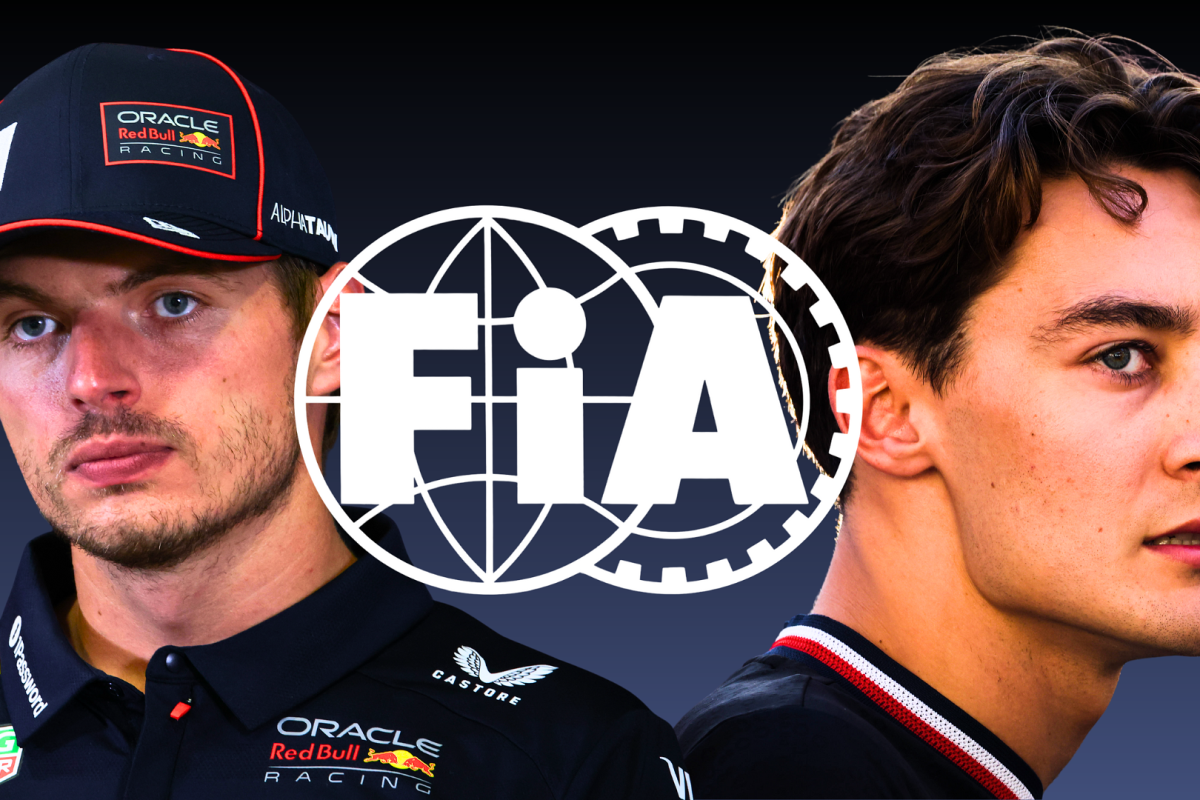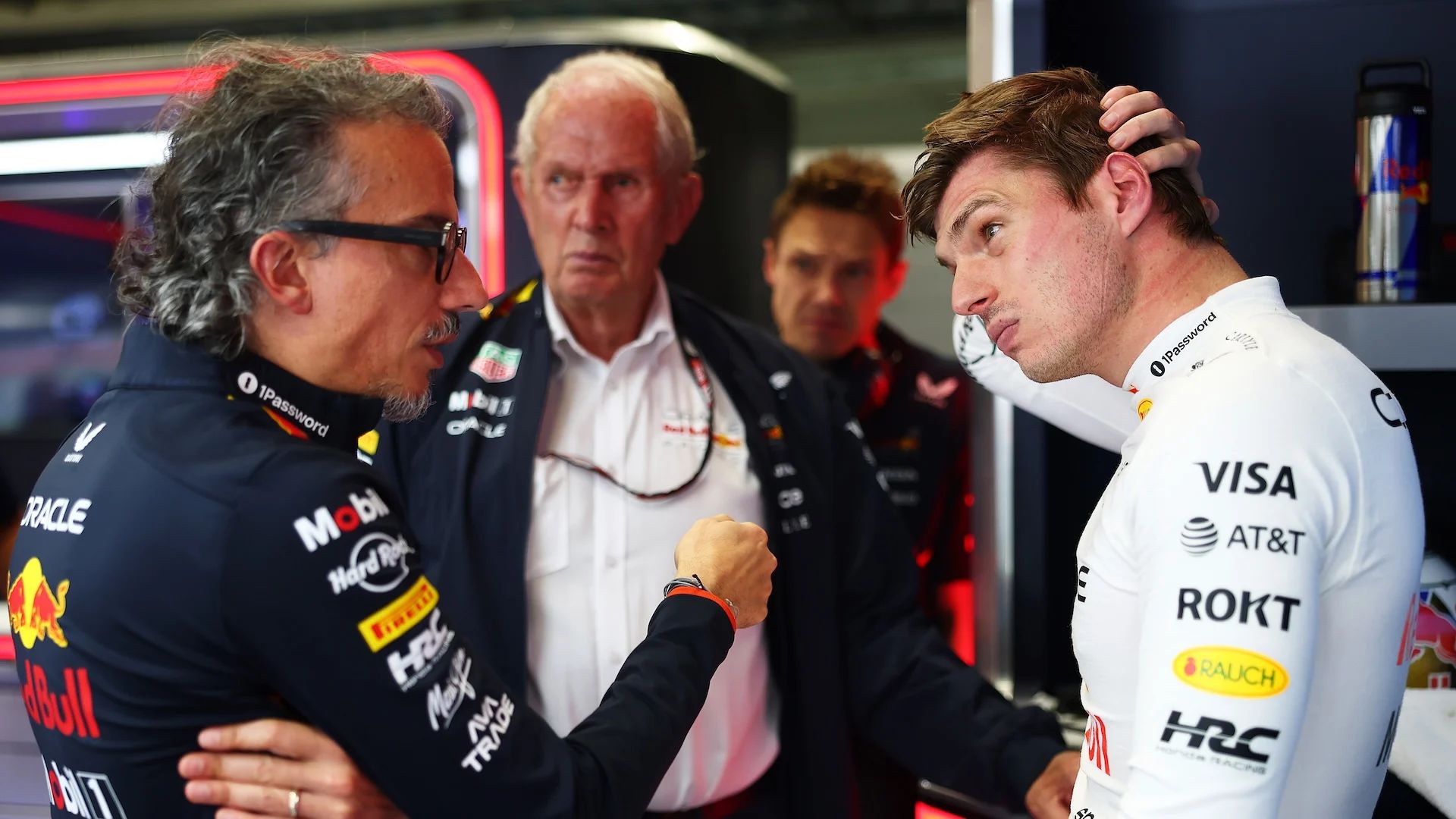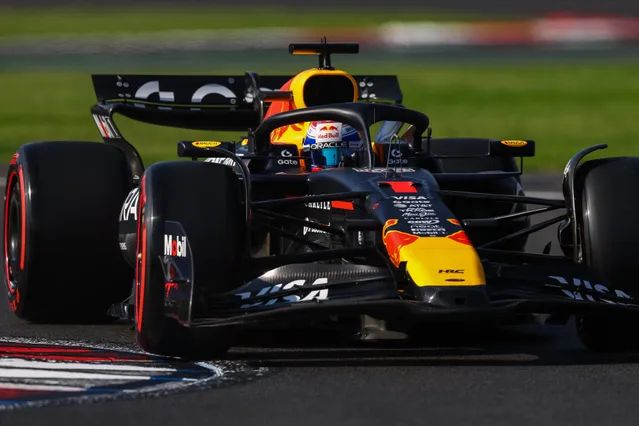FIA Probes Alleged Heat-Activated Skid-Block Trick Used Across Multiple F1 Teams
Formula 1 has been hit by yet another technical storm after claims surfaced that several teams may have been exploiting a subtle but potentially illegal technique involving heat-reactive skid blocks. Reports from Japanese outlet as-web.jp indicate that the FIA has gathered evidence suggesting that multiple teams might have been using components engineered to expand when exposed to heat, allowing them to run their cars lower than the rules permit without triggering the sport’s strict wear inspections. The issue came sharply into focus following the Brazilian Grand Prix, where suspicions across the paddock noticeably intensified.
At the heart of the controversy is the skid block and plank assembly mounted beneath every Formula 1 car. This underbody structure—typically crafted from highly durable composite materials like Jabroc and paired with titanium skid plates—acts as a key regulatory tool. Its primary role is to ensure that teams cannot excessively lower their ride height in pursuit of additional downforce. A lower car generates more aerodynamic grip but also increases the risk of the chassis scraping the track surface. To prevent this, the FIA mandates strict dimensional and wear limits. After each race, officials inspect the plank and skid blocks, and any car showing excessive wear faces automatic disqualification. This rule has teeth: earlier in the season, Lewis Hamilton was disqualified from the Chinese Grand Prix results because his plank failed the post-race measurement test.
However, murmurs began circulating in the paddock after the race in São Paulo. Several engineers and team bosses noted that some cars were operating at surprisingly low ride heights—low enough that the planks should have shown significant abrasion. Yet those cars consistently passed FIA inspections. This puzzling contrast between visual observations and technical outcomes prompted some teams to voice concerns that rivals may have found a way to shield the plank from wear.
According to the report, the suspected method involves a set of skid blocks designed to expand once heated during running. As these blocks warm up, they reportedly increase in size and extend slightly below the plank. The effect? They absorb a portion of the contact with the track surface, shifting the wear away from the areas usually checked by regulators. By reducing plank degradation in critical zones, teams could safely run much lower ride heights—reaping extra grip and improved lap times—without exceeding the FIA’s legally allowed wear thresholds.
This design cleverly exploits how temperature affects the material properties of certain composites. If true, it represents a direct challenge to the intent of the regulations, which stipulate that plank and skid-block systems must remain consistent in height throughout a race and cannot be altered through mechanical, thermal, or other means designed to influence the post-race measurements.
Jo Bauer, the FIA’s long-trusted technical delegate, reportedly acted promptly once these concerns reached his desk. Before qualifying at the Brazilian Grand Prix, Bauer is said to have introduced an unusually comprehensive inspection program. He reportedly conducted close examinations of every skid block across the grid, paying particular attention to signs of heating systems or other suspicious attachments. According to claims in the Japanese report, Bauer discovered components on several cars that appeared to serve the sole purpose of warming the skid blocks—effectively enabling them to expand during running.
Such devices would constitute a clear breach of the FIA’s technical regulations. Upon finding these irregularities, Bauer allegedly instructed the implicated teams to remove the questionable systems immediately before qualifying. This directive could explain why some teams showed a noticeable dip or inconsistency in performance between the sprint race and qualifying session. A sudden increase in ride height—caused by the absence of the trick—would significantly alter both balance and aerodynamic efficiency, making the car slower and less predictable.
Although the full scale of involvement remains unclear, the report suggests that nearly every team has either tested or actively applied this heat-reactive skid-block method to some degree. Tracks with exceptionally smooth surfaces—where teams can afford to run extremely low setups without risking porpoising or bottoming out—are believed to have provided the greatest benefits to those using the alleged system. On such circuits, even a few millimetres of reduced ride height can translate into tenths of a second in lap time, which in a sport as competitive as Formula 1, amounts to a significant advantage.
In response to these developments, the FIA is reportedly preparing a new technical directive. This forthcoming document is expected to outline stricter definitions of acceptable skid-block materials, close any loopholes around thermal manipulation, and reinforce the requirement that the plank assembly must remain dimensionally stable throughout a race. The directive will likely also introduce clearer testing procedures to detect any attempts to circumvent the rules.
Nevertheless, some insiders suggest that the broader impact of this trick may ultimately be short-lived. With Formula 1 gearing up for a wholesale regulation overhaul in 2026—covering chassis architecture, aerodynamics, underfloor philosophy, and power unit technology—the specific advantage gained from exploiting the current ruleset may diminish as teams redesign their cars under a completely new framework.
Still, the discovery serves as yet another reminder of Formula 1’s relentless pursuit of performance. The sport’s history is filled with ingenious workarounds and borderline interpretations of regulations, and this incident demonstrates that innovation often emerges right at the edge of legality. As the FIA tightens its scrutiny and prepares new guidelines, the debate underscores how far teams are willing to go to find even the smallest gain in a championship where margins are razor-thin and competition never sleeps.



